Content
Growing tomato seedlings at home, everyone hopes to get strong, healthy bushes, which, later planted in the ground, will give a bountiful harvest of sweet and tasty fruits. And it is all the more offensive to observe how suddenly these bushes begin to wither and wither for some reason. Approaching them and examining the bushes of seedlings closer, you do not immediately notice the small annoying butterflies flying up over the tomatoes in a swarm. But an experienced gardener immediately realizes that he is dealing with the most dangerous and difficult to remove pest - the whitefly. And if you do not start fighting it as soon as possible, then it will be more and more difficult to withdraw it further.
Pest biology
Whitefly is a small flying insect pest, somewhat reminiscent of the smallest white moth. They are usually found on the underside of the leaves, where their eggs are usually attached, and at the same time the larvae look like grayish grains. Insects feed on the sap of the leaves and stems of the seedlings. It is not for nothing that it is also often called "seedling moth". Sucking the juice, whiteflies secrete a sticky substance, which is deposited already on the upper surface of the lower leaves. It is a favorable environment for the development of sooty fungi, the so-called black. The surface of the leaf turns black, and the leaves and shoots themselves dry up and die.
In addition, the whitefly carries a number of very dangerous viral diseases that cause chlorosis of the leaves, curliness, jaundice and cannot be treated. They, in turn, cause deformation of shoots and ripening fruits.
Due to the invasion of this harmful moth, you can very quickly lose all the results of your labors, since it multiplies quite quickly. Therefore, the whitefly on tomato seedlings is a terrible disaster and it is imperative to figure out how to deal with it. By itself, it will not go anywhere, and after the tomatoes it will move on to other suitable plants.
To understand how best to deal with a whitefly, you need to get a good understanding of its biological characteristics. Firstly, even if you destroy all adults with a powerful insecticide, the fight will not be over, since no pesticides act on:
- Eggs protected with a special waxy substance;
- Insects in the nymph stage, when they stop feeding and also become covered with dense matter (pupate).
Cycle of life
Whiteflies usually lay their eggs outdoors in the spring; in rooms and greenhouses, they can do this all year round. The larvae emerge from the eggs in a week and begin to look for a convenient place to live. Having found such a place, they turn into nymphs, and, being absolutely immobile for 14 days, remain practically invulnerable to a variety of chemicals. Then they are reborn as adult whiteflies and begin to mate. The full development cycle is 25 days, and the lifespan of one female is about 30 days. During her life, she manages to lay about 140 eggs.
Whitefly control agents
Given the adaptability of the pest to life in rooms and greenhouses and the complex life cycle with the moments when the whitefly becomes invulnerable, it is necessary to use the whole range of measures in order to end it once and for all.
Chemical methods
To combat adult flying whiteflies, chemical means of control are quite effective, but given that it is undesirable to use highly toxic agents in rooms, especially on tomato seedlings, the following drugs are most popular:
- Aktara - is the most optimal means of protection against whitefly, since it is a systemic drug and has a long period of action (3-4 weeks). Well, the most important thing is that you do not need to spray tomato seedlings with Aktara's solution, you just need to shed it thoroughly at the root.It is advisable to repeat the treatment three times at intervals of one week. If you want to try to destroy the whitefly at once, you can try to make a particularly concentrated solution of Aktara, that is, increase the concentration by 3-4 times. There will be no harm to tomato seedlings, but the whitefly will most likely be finished.
- Verticillin - this remedy is made from the spores of the fungus, therefore, it is relatively harmless to humans and plants, but destructive to the whitefly. It is diluted with about 25 ml per liter of water and the resulting solution is sprayed with tomato seedlings twice with an interval of 7-10 days.
In greenhouses, it is possible to use other means:
Confidor, Vertimek, Intavir, Fitoverm, Pegasus, Talstar. There are also hormonal agents for the destruction of whitefly eggs and larvae in the greenhouse - Admiral and Match.
Mechanical means
If you are a categorical opponent of the use of chemicals in the house, especially for processing future tomatoes, then there are quite effective mechanical means to combat the whitefly.
You can take small pieces of plywood, paint them yellow and grease with petroleum jelly or castor oil. Whiteflies are attracted to the yellow color and they adhere quickly to the surface. The traps can be changed or wiped and lubricated again. It is also effective to use conventional fly tape from whiteflies.
With a large accumulation of insects on the seedlings, they are quite effectively removed using an ordinary vacuum cleaner.
Regular washing of seedlings with a solution of potash soap also protects well enough against adult whiteflies.
Biological agents
With large quantities of tomato seedlings, as well as in greenhouses, the method of using predatory and parasitic insects that feed on whitefly larvae and eggs is becoming very popular.
Some of these insects are Encarsia Formosa and Encarsia partenopea. It is enough to release three individuals per square meter. The method has an efficiency of up to 98%. It acts especially effectively on tomatoes, since the structure of the leaves does not prevent the Encarsia from contacting the whitefly larvae.
Another representative of insects, with the help of which they successfully fight the whitefly, is the Macrolophus bug. About five bugs are released per square meter, you can repeat the release after two weeks to consolidate the effect.
Folk remedies
Oddly enough, they effectively fight the whitefly using a variety of herbal infusions. These treatments are absolutely safe for humans and tomato seedlings, but in order for them to be effective against the whitefly, they must be repeated regularly, every week until the pest disappears completely. It is advisable to combine processing with folk and mechanical means. Before using folk remedies, you must first thoroughly bathe the affected tomato seedlings in soapy water to mechanically remove most of the whitefly.
In the first place, of course, is the garlic solution. To prepare it, you need to take 150-200 g of garlic, grate finely, add a liter of water and leave for 5-7 days. The dishes in which the product is prepared must be very tightly closed. The resulting concentrate is diluted with water - 6 grams per 1 liter of water and damaged tomato seedlings are sprayed with a diluted solution.
To combat whitefly, an infusion of yarrow is used. To prepare it, 80 g of yarrow are crushed, filled with a liter of hot water and left to infuse in a dark place for a day. After insisting, the solution is filtered and the tomato seedlings are treated with it. It is better to wipe the largest leaves with a napkin dipped in the prepared solution.
A tincture of dandelion roots and leaves can also help in the complex fight against whitefly. In order to prepare it, you need to take 40 g of all parts of a dandelion, pour them with 1 liter of water and leave for two hours. After that, the tincture is filtered and you can spray the leaves of tomato seedlings with it. The drug is practically not stored, so it must be used immediately after preparation. To enhance the effectiveness of the proposed products, a laundry soap is added to them, which promotes adhesion of the preparations to the leaves of tomatoes.
An interesting remedy against whitefly is an emulsion solution used in the treatment of scabies. This product is purchased at a pharmacy. 50 g of the preparation is diluted in a liter of water and damaged tomato bushes are sprayed with an interval of one week.
Prevention of the spread of whitefly
Theoretically, it can also be brought in with soil, which will be infected with its eggs. Therefore, all new plants, as well as purchased seedlings, must be carefully inspected and undergo a mandatory two-week quarantine. Whitefly does not like cold very much and dies already at temperatures below + 10 ° С. Therefore, it is useful to ventilate the premises from time to time and prevent overcrowding of plants. In a greenhouse, the most effective way of prevention is to completely freeze it in the winter.
With the comprehensive observance of all the above measures to combat the whitefly, you can protect your tomato seedlings and get rid of the harmful insect.
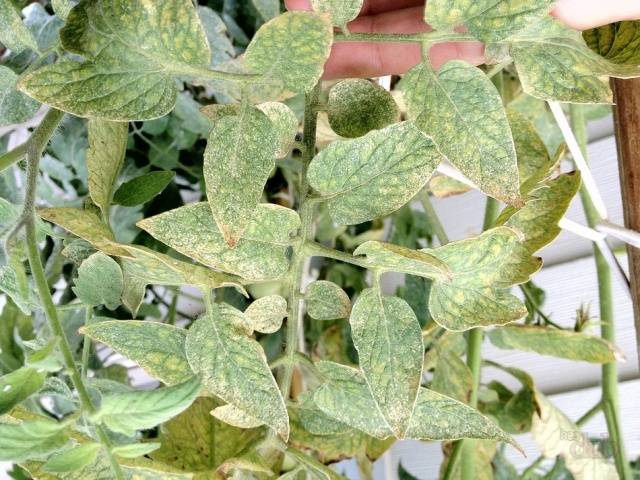
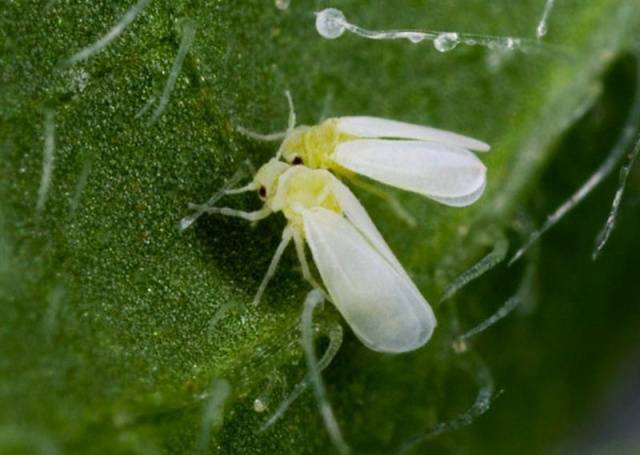
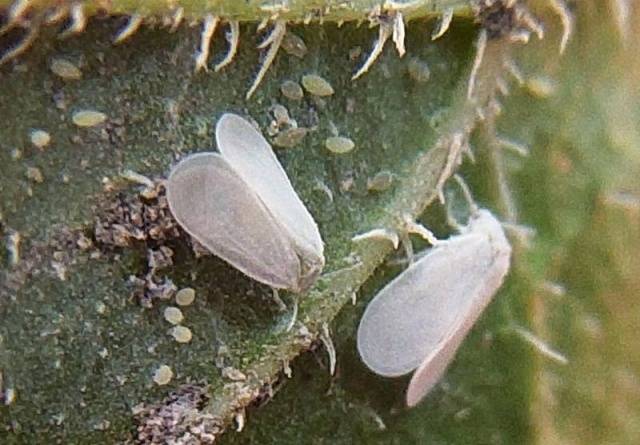
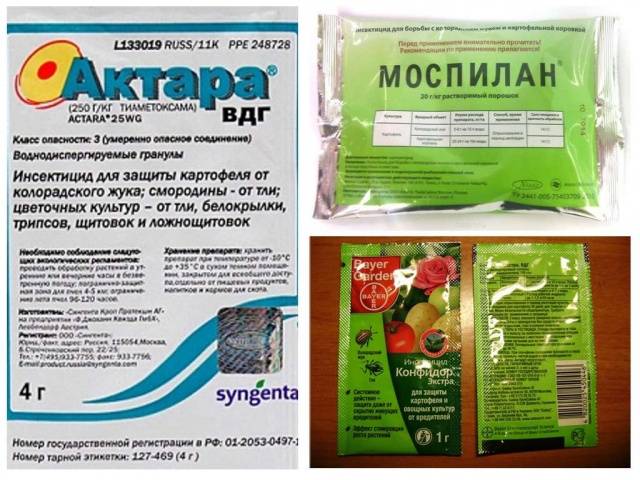
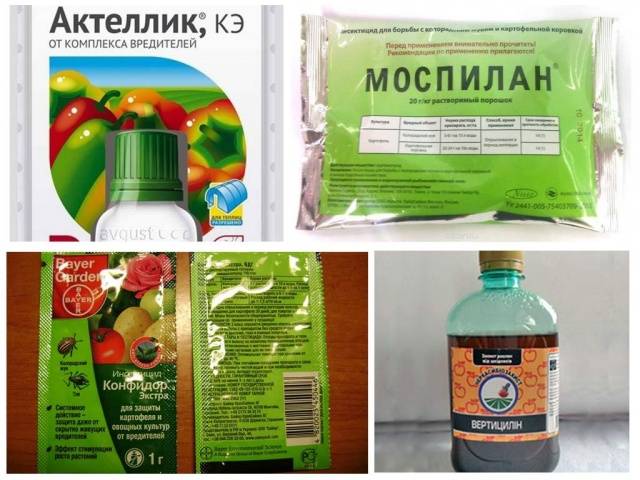
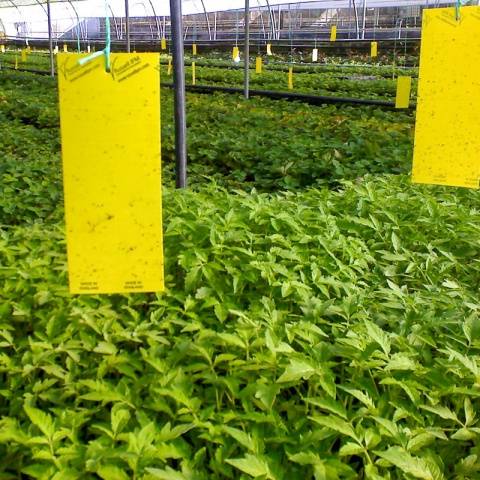
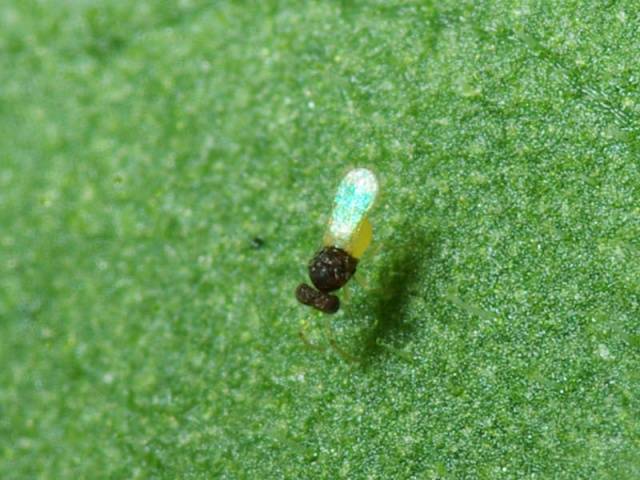
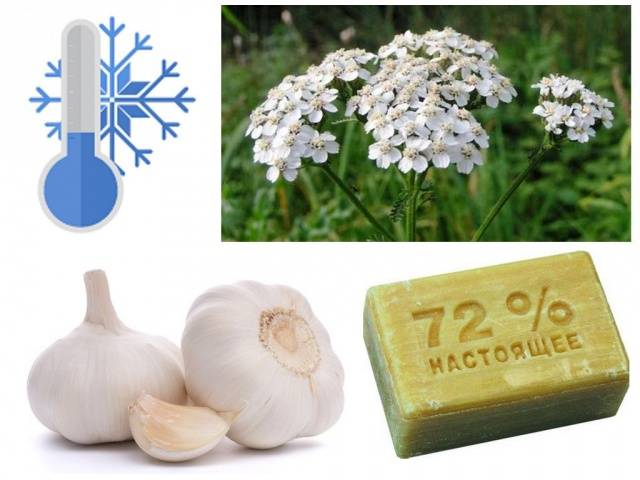


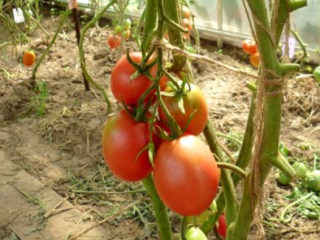



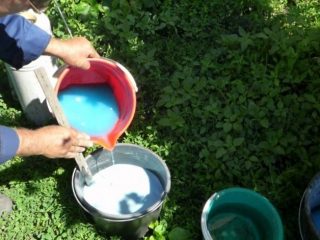



You guys are not kidding! Not one of the remedies listed by you is not suitable for the whitefly, although in the description they write that it works. 17 years I have been doing greenhouses on a serious scale and nothing takes this stuff. I mix my own remedy - 7 different preparations for whitefly, but next time it is already not effectively you need to remove one and add another, and that may not always be lucky. Such a little rubbish, but quickly gets used to the drugs. You can check and say thank you, the theory is dead without practice alive.